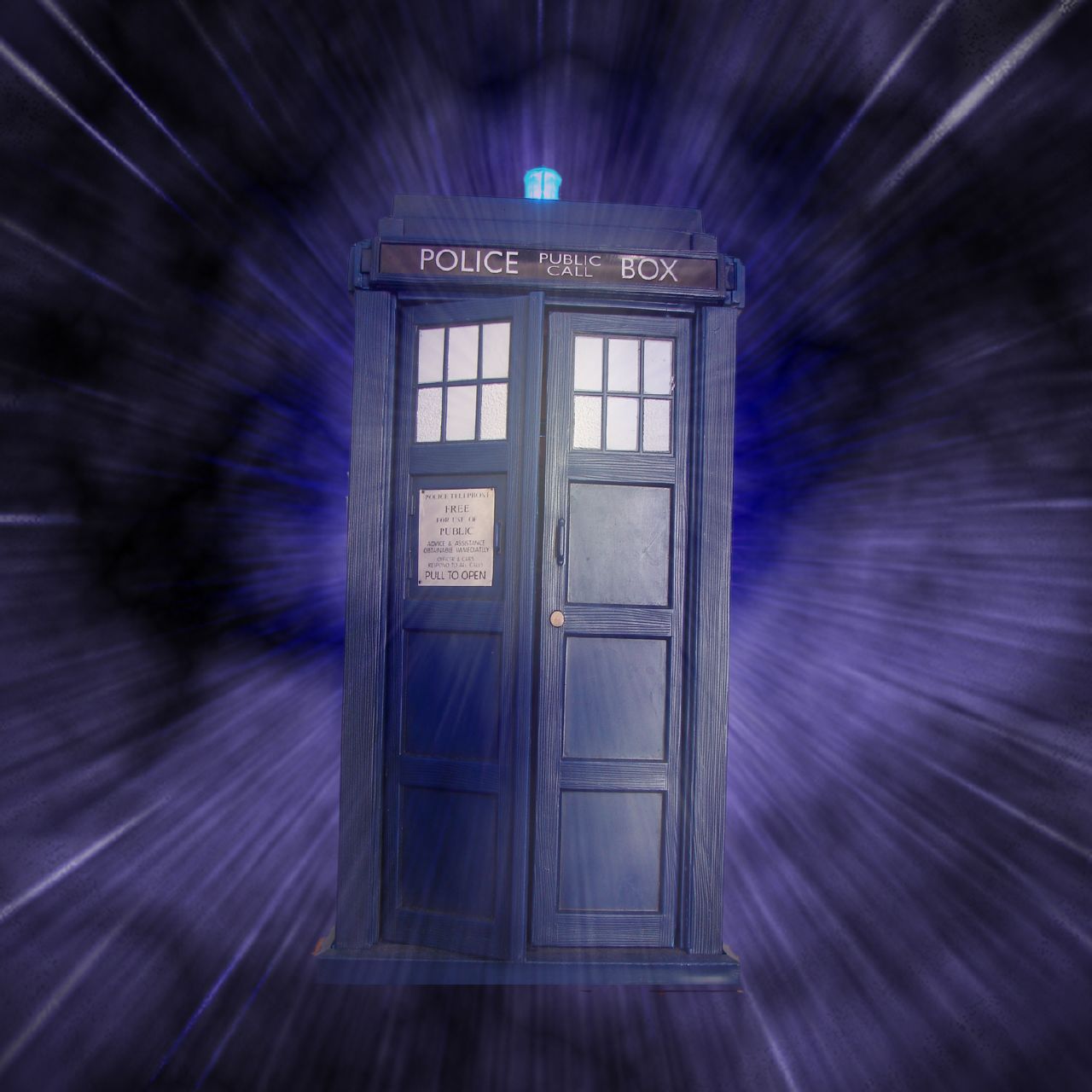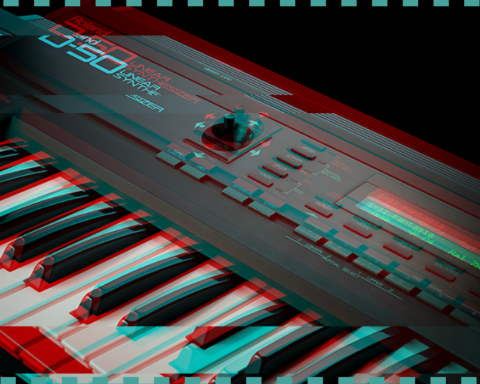Peter Howell’s Doctor Who theme song adaptation infuses the original with ’80s synth-forward flavor. One of those ingredients is the distinctive arp of the Roland JUPITER-4. With plenty of versions over the years, the 1980 theme still rises to the top.
The Doctor is In
Few science fiction properties can match the cultural relevance of Doctor Who. The show follows the time-traveling adventures of the Doctor—an extraterrestrial Time Lord who explores the universe in the spaceship TARDIS. First broadcast in 1963 on Britain’s BBC, Doctor Who has dozens of seasons under its belt and has become a sci-fi institution. Fun fact: Guinness World Records lists it as the longest-running science-fiction television show in the world.
Making a Masterpiece
The show also has a celebrated musical history. Its original theme song was one of the first high-profile pieces of electronic music created for television. It was written by Australian composer Ron Grainer and produced and performed by England’s own Delia Derbyshire at the BBC Radiophonic Workshop.
The original was a landmark work of musique concrète. Derbyshire created each note by splicing pieces of tape together, using sounds primarily produced with industrial test equipment. It has since achieved iconic status, inspiring numerous covers and adaptations.
"The arrangement fuses ethereal, alien soundscapes, bubbly percolations, and an almost wistful emotional core."
Theme Regeneration
One of those adaptations came from composer Peter Howell. The theme song was re-envisioned for the 1980 Doctor Who relaunch. Brilliantly rearranged in the Radiophonic Workshop, Howell’s rendition became one of the definitive versions of the piece.
Howell set out to “produce a version for the 1980s that was as technically challenging as Delia’s had been for the ’60s,” according to composer and engineer Mark Ayres. The result? A piece of music that covers a remarkable range of sonic territory. The arrangement fuses ethereal, alien soundscapes, bubbly percolations, and an almost wistful emotional core.
Creating a Legend
The synthesizers Howell used in the composition are also something of a “who’s who” of the era’s music technology. The opening melodic line features an ARP Odyssey. An EMS Vocoder-500 produces the track’s complex harmonics. However, in a 1982 BBC documentary Howell demonstrates the vocoder part on a Roland SVC-350. And the distinctive arp of a Roland JUPITER-4 auto-arpeggiates across octaves. Howell creates the song’s sublime chords by layering the recorded output of the JUPITER-4 with that of a CS-80.
“The distinctive arp of a Roland JUPITER-4 auto-arpeggiates across octaves.”
The resulting piece of music is a sonic tour-de-force. Howell captured the spirit of the original but in a new and unique technological light. Ultimately, the two minutes and 37 seconds of music sound both timeless but also very much of its 1980 birth year.







